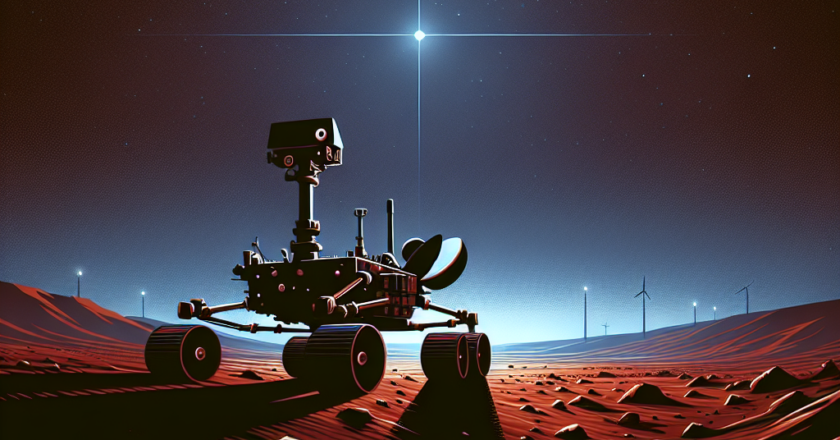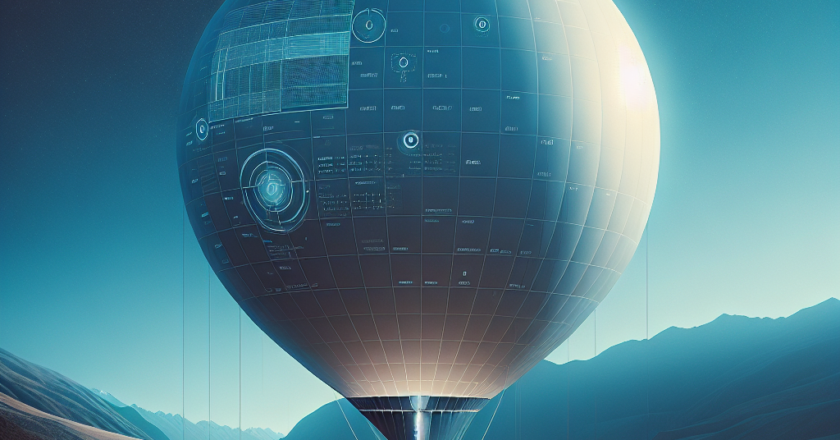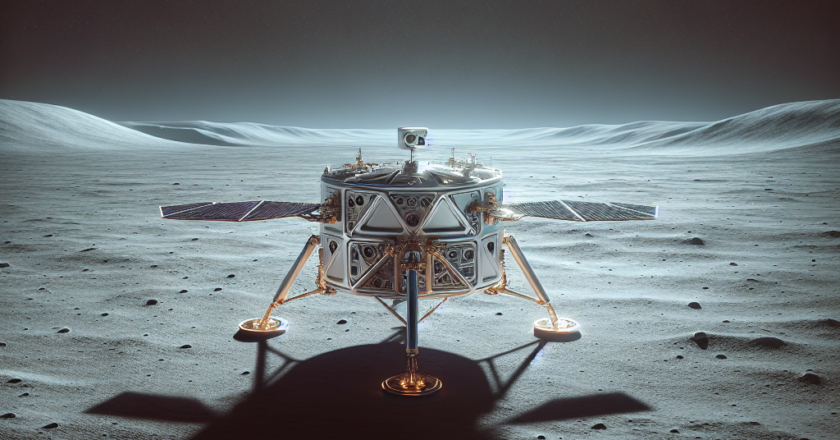Winter Arrives on Mars: Ashley Stroupe’s Mission Update
# Summary of Ashley Stroupe's Mission Operations Engineer Update
## Main Points:
- Curiosity, the Mars rover, is experiencing shorter and colder days as winter approaches on Mars.
- Ashley Stroupe, a Mission Operations Engineer at NASA's Jet Propulsion Laboratory, talks about Curiosity's activities for the day.
- The rover is sleeping in a bit before starting its busy schedule.
- Stroupe's tasks included serving as the Engineering Uplink for mission planning and overseeing the operations for Curiosity.
### Author's take:
Winter has arrived for Curiosity on Mars, making its days colder and shorter. Ashley Stroupe's role as a Mission Operations Engineer highlights the meticulous planning and execution required to ensure the rover's activities are carried out successfully. As Curiosity cont...










